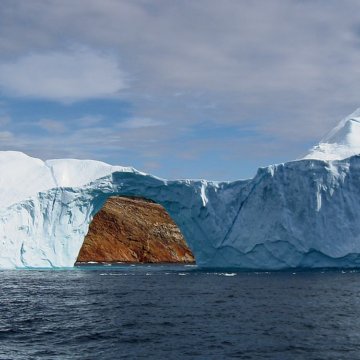- About
- Topics
- Picks
- Audio
- Story
- In-Depth
- Opinion
- News
- Donate
- Signup for our newsletterOur Editors' Best Picks.Send
Read, Debate: Engage.
Despite the commitment by global leaders to ensure safe and clean water for the world's population by 2030, little if anything has been done to actualise this resolve – despite water being a fundamental human right. In fact, things are only getting worse as water increasingly becomes a luxury.
Up to 4 billion people world over are living in water-scarce areas with another 844 million having no access to clean water near where they live, researchers say. This is despite the fact that we are using six times more water than we did 100 years ago, as a population burgeons, and changes in habits become more pronounced. As the world marks Water Day this March, the extent of the water woes and the impact this is having on every facet of our lives is now hitting home.
The poor continue to pay a heavy price in water accessibility, while the rich and the middle class, who rely on piped water, pay less per litre compared to those in slums, whose source of water are vendors and trucks – spending up to 30 percent of their salaries on water alone. The vulnerable, including smallholder farmers in rural areas, slum dwellers, and those affected by conflicts and disasters remain the most beaten. Cases of girls and women in slums and rural areas travelling long distances in search of water and in the process getting sexually assaulted have become commonplace – as is the worrying trend of school dropouts among girls who are expected to source for water instead of studying.
New reports indicate that export crops like rice, avocadoes, coffee, and flowers being grown in developing countries continue to gobble up more water, while a bulk of the population struggles to access enough for their basic needs – further pointing to the warped priorities.
By 2050, up to 5 billion people will be living in physically water-scarce areas, even as competing needs from industries, agriculture and the effects of climate change exacerbate the water crisis.
Political will counts now more than ever in driving a serious rethink and implementation of policies that embrace large scale interventions, including the construction of dams and investment in tariffs and rebates that make water more affordable. There is also a desperate need to create awareness among the populace in order to tap into activities like water harvesting, building of reservoirs, and pans to ensure no water is lost in the event of rains. These are tough times, which call for new and innovative interventions.
Photo: Kim Hansen, CC BY-SA 3.0

